Know how to swap your bundle of ‘bored’ for a bundle of joy using these powerful tips.
Nothing depletes a mom’s energy faster than a bored child. Hearing the words “I’m bored” seems to grate us down to our core, especially while glancing around and noticing all the toys and games your little one has at her disposal. You also wonder why Santa even bothers (especially knowing full well all the hassle and stress Santa went through to make Christmas magical.)
On the other hand, you have a million things to do and cannot be your child’s personal entertainer the whole day. And you shouldn’t!
So how do we effectively deal with the whole boredom conundrum?
Loving our children means many things, but martyrdom is not one of them, and just because they’re bored, it doesn’t mean you should be the one to suffer. So let’s start off by really smashing the belief that boredom in our children is a problem.
No, it isn’t. Boredom IS good for kids!
This requires a mindset shift. But once you adopt it, guilt and stress will go out the window.
Boredom is not a problem to be fixed.
Just with this one alone, your energy levels should go back up a couple of notches.
Let’s face it. Most times, we’re firing on all cylinders while precariously carrying around a truckload full of plates, platters, and Tupperware containers with mismatching lids that we can’t seem to put down. In other words, we’re constantly busy solving our family’s problems. It looks you’re on permanent office hours handling everyone’s affairs. Whether it’s solving for the eternal question of “What’s for dinner?” to helping your spouse find the whatchamacallit that he can’t find, to looking for a lost sock or toy.
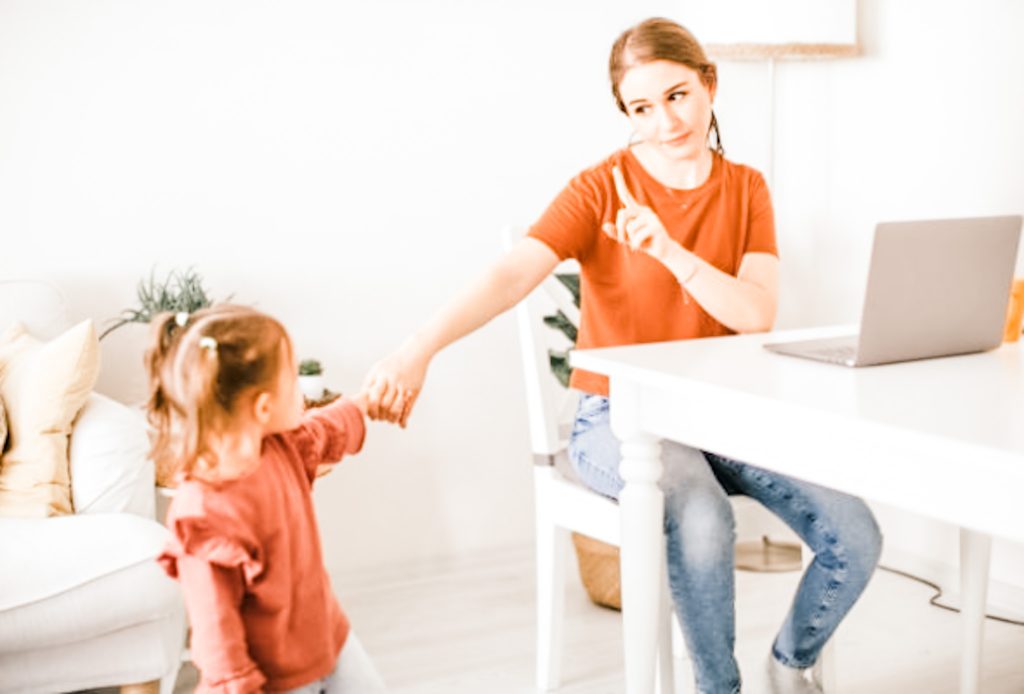
So please don’t make boredom another problem that requires solving.
Because, when we cannot successfully “fix” the boredom, guess who shows up? That’s right. Mom guilt (another energy vampire sucking our momergy dry).
Water the plants
Metaphorically speaking. The book The Gardener and the Carpenter by Alison Gopnik is a fantastic eye-opener into how we tend to engage in constricting and stressful parenting practices. It’s really a must-read for any parent in this day and age.
Here are some quick Cliff notes:
According to the author, the trouble with parenting is that it treats looking after children as a form of work rather than a form of love. And by treating childcare as work, parents are doomed to feel dissatisfied because it’s a relentless, thankless, messy, unpaid occupation.
So when you really view parenting as an act of love and ask instead, “how can I love my child better?” a whole new world of possibilities opens up.
We fret over making the best choices for our kids all around. Therefore, there’s a lot of pressure and anxiety around everything that they do, what they eat, how they engage their time. There’s the notion that we are the ones that have to come up with all these things so that our kids turn out to be great adults and amazing human beings.
But when you see Gopnik’s point of view, it simplifies things by making parents responsible for simply creating a set of conditions_ or fertile ground_in the gardening metaphor. But then the choices that our child makes are entirely up to them.
For example, we can stress about planning hyper-healthy meals for the family and going crazy if you didn’t make Brussel sprouts that week because now, your kid won’t like vegetables and will now become addicted to sugar. Instead, if you just prep the foundation, make sure that what you have at home is healthy when it comes to food options, then it doesn’t matter what your child decides to eat. It’s all healthy! The choice is his, but you provide (and control) the options. This applies to all areas.
Just by making sure that the environment is good enough for them to thrive, then, how they decide to blossom and in what the moment, it is entirely up to them. Most likely, children will thrive in a good way because parents made sure the environment was set up well.
This book is an excellent reminder of how our children get to benefit more when we let them be and let them figure out how to play on their own, rather than being told how they need to do so. Play is their arena, their turf. If there’s anyone that knows how to play and how to do it properly, it’s children. It’s intuitive. It’s part of their DNA.
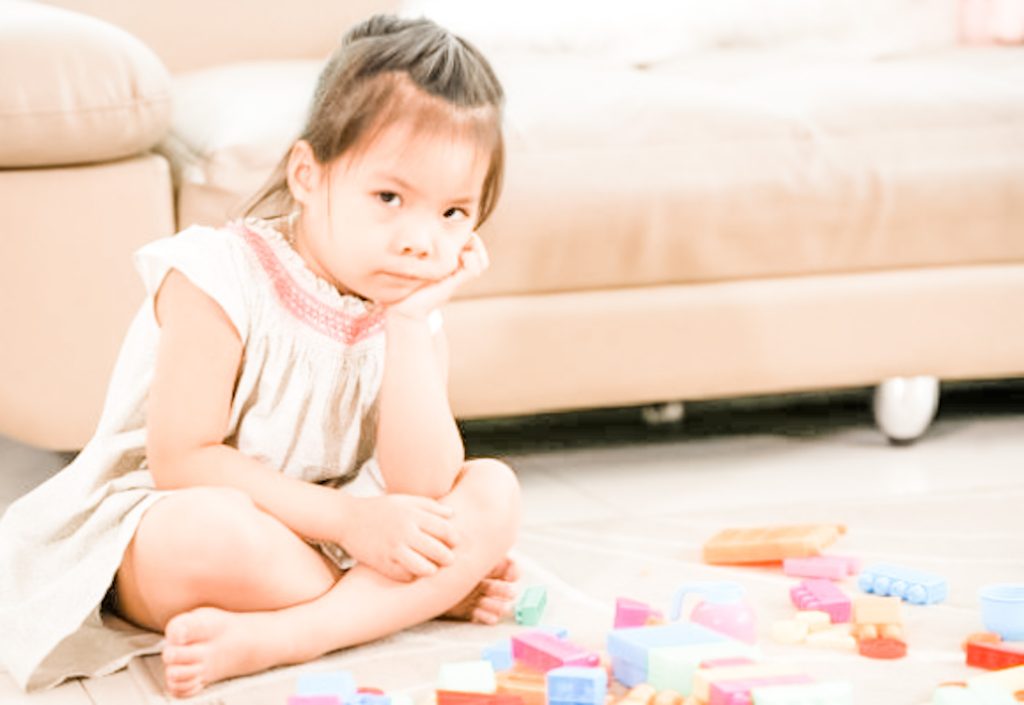
Gopnik brilliantly summarizes all this in one sentence: “We worry too much and do too much for them; children flourish when they are given freedom. When it comes to looking after kids, be a gardener, not a carpenter.”
Amen to that.
Seriously. Get the book (and a highlighter).
Stimulate the virtuous cycle of free play
Your child’s natural habitat is the play zone: that magical space where he gets to live out his fantasies and allows his imagination to roam free. Parents worldwide know this all too well when, after unpacking birthday gifts, children end up happily playing with the boxes, ribbons, and the foam peanuts instead of the actual toys.
That’s because children don’t need much to enjoy themselves. I’ve watched my children rip paper and create a winter wonderland with ‘snow’ while having the best time.
And it is this unstructured time that allows children the opportunity to engage with themselves and the world – to imagine, invent, and create.
When children are left to their own devices, they’re forced to be more creative and imaginative in finding ways to amuse themselves. So let them.
This also tends to become a virtuous cycle. Because the more that children have to engage in unstructured play, the more they use their imagination and the more creative they become. And at the same time, they start to enjoy more being left to their own devices. The more they do it, the more they have to find ways to amuse themselves, so they are forced to be more creative.
Remove the baby gate.
I get it. I’m all up for maximizing productivity every chance I’ve got.
As adults and busy moms, we have this notion that we have to make the most out of the time we have.
So we fall into the trap of thinking that allowing our kids to stare at their hands and draw smiley faces on their fingers is a time-waster. After all, they could be doing something better with their time: like learning a new instrument, or a new language, or something, right? We simply want to put all those extra-absorbing-and-prime-for-learning brain cells of theirs to good use.
Where I currently reside, I’m witness to this excessive structure and countless activities for young kids accounting for every single minute of their day. As in, these kids are really busy! Their school day is already long, and then, after school, they have all sorts of clubs, classes, and activities to attend.
Alison Gopnik also remarks that by keeping their timetables so packed, we’re trying to “shape (our) three-year-olds into Harvard freshmen.” There is definitely a societal pressure to want to give young children a leg up, academically speaking, so they’re able to be better prepared for the professional world.
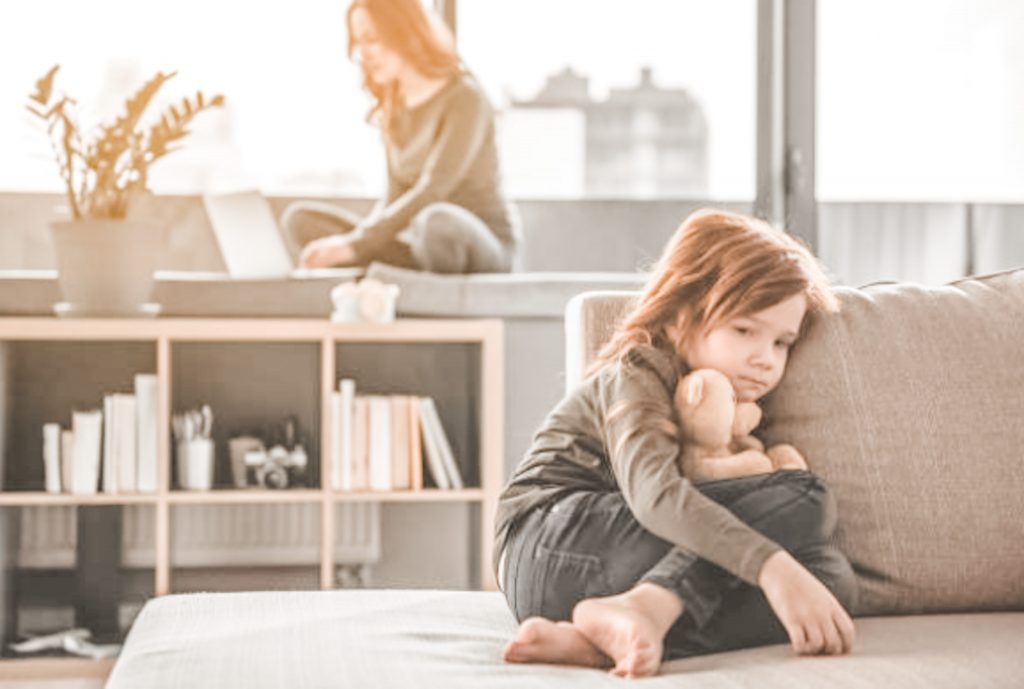
Yet, knowledge is not only academic; it also comes from finding new links or connections between things and making mistakes.
And free, unstructured play can provide great inventiveness and master elements of the world as they see fit.
Boredom in this regard is fertile ground that allows children to create their own happiness and develop self-reliance while developing self-esteem, the ability to self-regulate.
Lia Karsten, a professor of Urban Geographies at the University of Amsterdam, argues that excessive extracurricular activities have transformed children from active participants to “backseat children” who are passively escorted from one structured activity to the next by their parents.
I agree that having extracurricular lessons and activities is not to be avoided. They allow children to pursue things they might like and enjoy doing for a long time as a hobby or even as a profession. But the extreme IS the problem. Keeping a child in back-to-back activities the whole day until they collapse at night is not allowing their brains to be in free flow. You cannot be in free flow if everything has been structured to the tiniest detail.
The Gift of Passion
As mothers, we’re nurturers by nature. As supermom, we can come to the rescue and provide entertainment to our kids when they call out to us in despair.
BUT when children are forced to find ways to entertain themselves, something magical happens.
By allowing your child to connect to his own feelings, creativity, and imagination, you give them the gift of finding what they genuinely like and enjoy. A child who cannot find his own answers does not develop a true sense of self.
There are real possible downsides to going down this route. We might end up with young adults who, in their 20s and 30s, end up having midlife crises because they don’t know what they want.
Their parents and society always were the ones telling them what they needed to do when and how. And when they get to have the reins of their own lives and to be the ones in control, they have no clue what to do!
They haven’t tapped into their own passions or actively learned to find answers on their own.
As adults, we know this all too well. No one can give us the answers about our own lives. We can receive guidance, mentorship, advice, examples, tricks, and hacks, but it’s up to us to decide at the end of the day.
And we usually decide based on what feels right to us_at least that’s how it should be.
Knowing in our hearts whether we’re making the right choice or following the right path can only come when we are in tune with ourselves and our inner guidance.
This is not woo woo talk. Take a look around at all the self-help books making the NYT best-seller list that tackle this very subject. There are many adults still grappling with not knowing what they want to be or do when they grow up. And that’s okay. But allowing our kids to find and foster their unique passions and talents provides for a smoother and easier transition into adulthood, doesn’t it?
So when you’re child says, “I’m bored,” take it as a fantastic opportunity to guide him into fine-tuning this powerful skill of learning about what he wants and what feels right.
The Only Way Out is In
The reality is that we live in an ever-increasing digital world, with our children truly being digital natives.

When we’re in the middle of busy and hectic times, plucking our child down with a phone or an iPad seems like a quick and easy fix to give us a much-needed breather. We tend to think that this will keep our little one’s brain engaged, but, unfortunately, it shuts down the parts that enhance creativity and imagination.
Learning how to navigate the waters of technology regarding our children is a whole subject in itself. And I am in no way opposed to technology.
The message here is that we need to be mindful that not all technology is created equal. There’s the M&M kind of technology, and then there’s the Brussel sprout type of technology.
It’s our responsibility to be very conscious and mindful about how the technology comes into our homes and how our children make use of it. We need to assess their age and stage of development they’re in.
Like Jonathan Fader said: “Technology is like fire. It can cook your food and can also burn down the house.”
We can’t be oblivious to the definitive downside of using technology all the time- especially when it comes to small children.
It has been well documented that apps and digital content have been scientifically devised to get non-stop engagement from us and create addiction. Even we as adults get hit with dopamine spikes throughout the day with every ping, bell, and alarm from our mobile devices.
These dopamine hits are the same as what gamblers experience in the casinos and junkies experience with drugs.
Do we really want a constant dopamine hit to be present in our young child’s brain from so early on?
Dr. Dimitri Christakis, director of the Center for Child Health, Behavior and Development at Seattle Children’s Research Institute, echoes this notion. He states that the cost of increased screen-time in children “will be borne by families because increased online use is associated with anxiety, depression, obesity and aggression and addiction to the medium itself.”
What concerns researchers is that devices are a poor substitute for activities known to be central to health, social, and physical development, including physical play and other interactions that help children learn how to confront challenging social situations.
Plus, both adult and young brains need downtime to allow our brains to process, file and sort the deluge of information and stimuli that we get constantly. Our brains are organs too. Just like our bodies need rest and our muscles need recovery after working out, so do our brains.
When we don’t give our mind a chance to pause and refresh, it doesn’t work as efficiently. Likewise, our children are more likely to experience burnout and stress when constantly using devices and solely engaging with online content.
Click here to find out how meditation can counteract the dopamine effects on young brains in as little as two minutes a day. Get started with a Meditation practice in just 7 days here.
More than one?
Siblings are allowed to bond more when they need to entertain themselves together. Yes, this possibly creates more friction and squabbles than sending them off to a class or course somewhere.
With multiple kids, it definitely feels like our job becomes that of a referee: by constantly dispensing metaphorical yellow time-out cards left and right during the day.
But this is the perfect opportunity to fosters social competence, respect for rules, self-discipline, aggression control, problem-solving skills, leadership development, conflict resolution, and playing by the rules.
No one, and I mean, NO ONE, is more ruthless in making sure a child learns how to play by the rules and develop some good ol’ problem-solving skills than a sibling is.
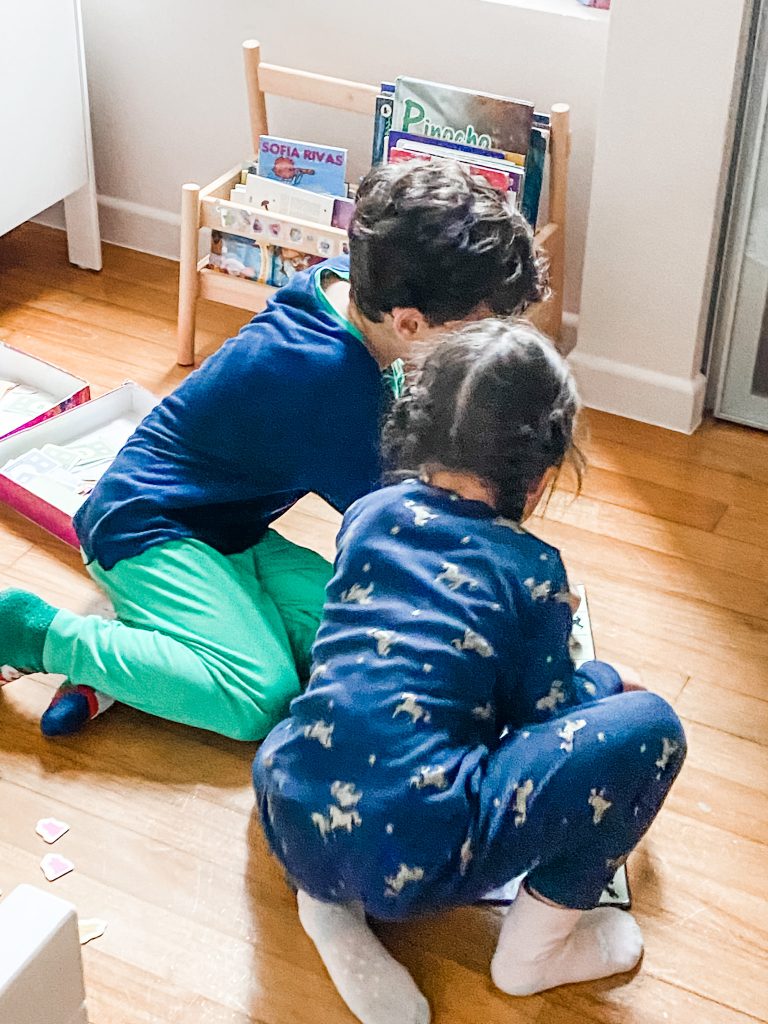
Is it irritating having to step in to stop squabbles? Then don’t. Unless someone is in real danger or physically hurt, your children can learn to find a solution together if left to their own devices.
It may sound overly simplistic to try and ignore fights and screaming. But just like boredom, the more we interfere, the less likely siblings are forced to find solutions collectively. Here is a great way to tune out and listen to some inspiring content while the drama unfolds. Click here.
So the bottom line on children's boredom? The best way to help your child is to do nothing at all!
Children need to figure out how to use their free time or never learn how to manage it.
That being said, this is a disclaimer that every mom will find her own way to deal with boredom, and there is no right or wrong answer. You need to figure out what works for your child and you, mama.
As long as what works is coming from a place that gives you peace of mind and makes you feel like an empowered mom and NOT making you feel stressed, anxious, worried, and feeling like you’re coming up short on all ends.
This is about keeping your Momergy up. We try to make decisions that best benefit our little ones. But also, in making those decisions, we need to feel empowered as mothers. That’s the only way to continue showing up as the best version of ourselves in this motherhood journey.
So kudos to you, mom, for showing up each and every day. You’ve got this!
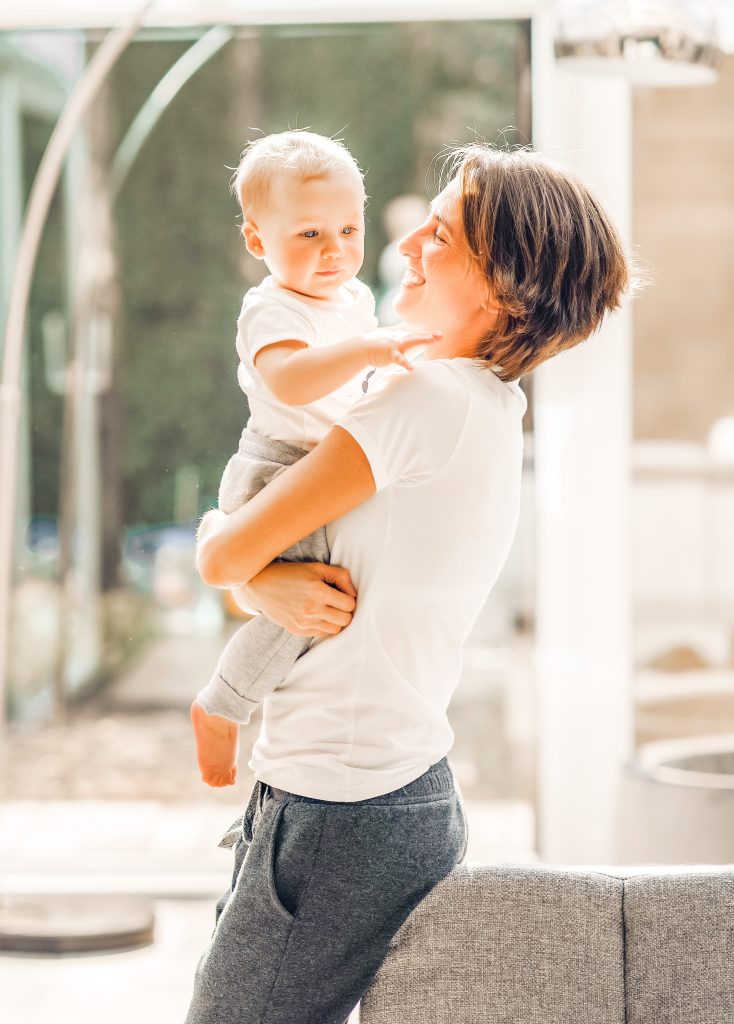
Hey mama! Wanting to know more about how to ride the guilt wave of parenting and continue this conversation with other fellow moms? Kick those feelings of burnout and exhaustion! Come and join our exclusive Facebook community!
We have a dedicated and in-depth Parenting through a Pandemic Series where we explore mom-related topics such as:
– Riding the guilt wave of motherhood,
– Why connecting with our children is easier and faster than we think
-and how to manage all this while keeping your Momergy up!





